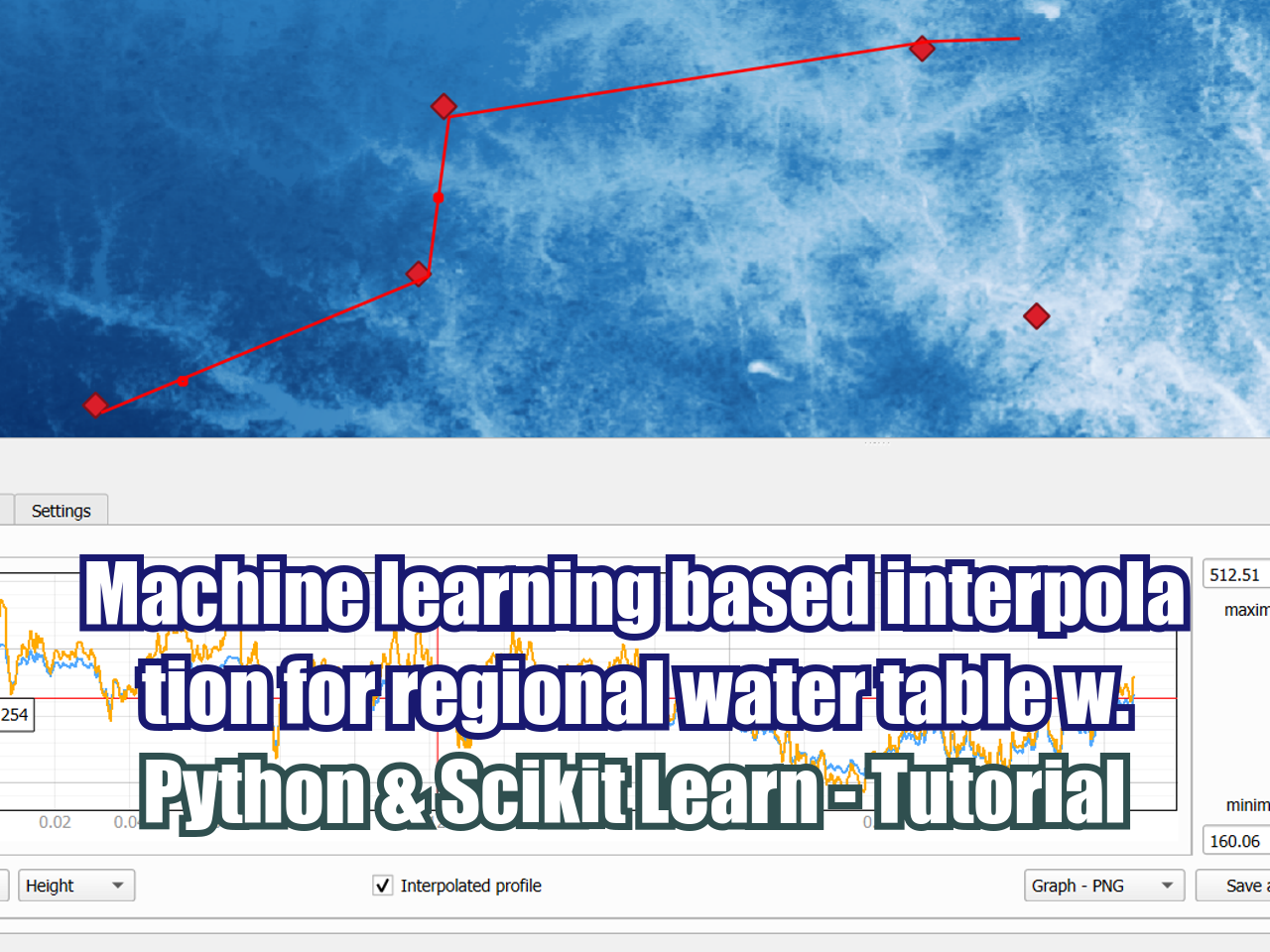Which are the challenges for model calibration in MODFLOW 6?
/MODFLOW 6 is the latest version of MODFLOW; we can’t frame this version as new because it has been released in May 2017 when QGIS 3 wasn’t even released or Python 3.6 was the latest version. On the hydrogeological perspective changes don't come as fast as expected and the amount of users of MODFLOW 6 is increasing but there are limitations on the pre/post processing tools that can take the best of the software for the general public.
Besides the philosophical discussion if a model can be “calibrated” or just “validated” there are some changes on the structure of MODFLOW 6 that bring challenges on the traditional way of model calibration.
The tradition or the establishment?
Usually groundwater models were made on steady-state for two reasons. The first one was the lack of input data that limited the performance of more advanced models and the second one was the complexities of a transient calibration. The traditional graph of observed vs calibrated heads was designed (or at least we believe on that) for steady state models with acceptance criteria of R, absolute error or NRMSE while transient calibration relies more on comparison of observed / calculated for a single observation point without clear acceptance criteria.
As the first bicycle was an adaptation of the horse chair with wheels, we have brought a steady-state perspective for the calibration of complex models in MODFLOW 6. But there are clear differences on this version of MODFLOW 6 that prevent the established way of calibration.
The differences
On Modflow 6 the observation package is called OBS while in the previous versions was HOB. Now the package allows different types of observations as heads, drawdown and flow in between adjacent cells. However this utility does not require “observed” values and doesn’t make comparisons in between observed and simulated and thus change the whole spectrum of model calibration with this version of MODFLOW.
You can find more information and details on pg 217 from Modflow 6 - Description of Input and Output.
And now?
As it is written on the documentation… “output generated by the Observation utility is designed to facilitate further process”, so observed-calculated plots, residual calculation and statistical analysis is entirely dependent on another code or GUI. From our perspective as a general view, there will flow much water under the aquifer until calibrations or validations could be widely performed in MODFLOW 6 and previous versions of MODFLOW will be used just for this reason.

























